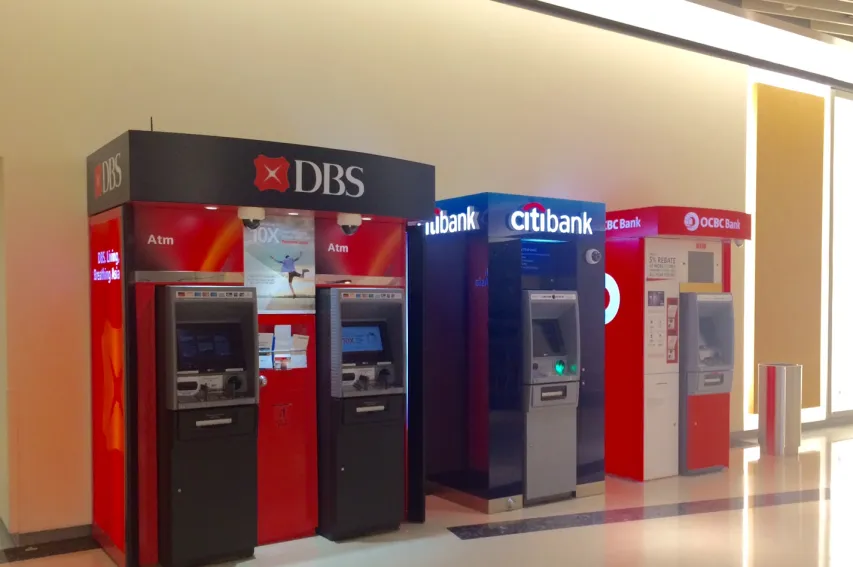
Singapore banks' problem loan ratios to inch up to 1.8% by end-2018
Domestic problem loans will come from the corporate sector.
There remains room for problem loan ratios to rise, but we see the bulk of asset pressure already seasoned and reflected in headline metrics, according to Moody's Investors Service. The system's classified exposures rose to 1.4% at end-March 2017 from 1.1% at year-end 2015, reflecting mainly a rise in corporate NPLs, led by oil and gas related industries.
Here's more from Moody's:
For the three major banks, we expect their problem loan ratios to increase mildly to 1.8% at end-2018, up from 1.4% at end-March 2017. This mild increase will be accompanied by a low and receding new problem loan formation rate, which has mostly peaked in 2016. A large part of new problem loans in 2016 came from the embattled oil and gas sector, and we do not expect the same magnitude of problem loans from this industry in 2017-2018.
The mild asset quality pressure in this outlook will be spread across both domestic and foreign problem loans. Domestically, we expect problem loans to come mainly from the corporate sector, reflecting the existence of some vulnerable borrowers:
- Highly leveraged firms held 66% of total debt of listed firms in 2016, only a small improvement from 72% in 2015; we define these firms as having debt/EBITDA above 4 times and/or with negative EBITDA.
- A modest tail of very weak firms – those with interest coverage ratio (ICR) below 1. The share of debt owed by such firms decreased to 10% in 2016, from 14% in 2015, however remains materially higher than 2% in 2010. Firms in the oil and gas industry had the lowest ICRs.
In contrast, household loan delinquencies should remain low, as household credit growth in recent years was constrained by macroprudential measures. These loans are dominated by secured loans, namely mortgages, which enjoyed low non-performing loan levels of 0.4% and had low average mortgage loan-to-value (LTV) ratio of 53% at end-2016. Housing loans with LTV ratios above 80% currently account for less than 5% of mortgage loans, and banks have not been allowed to originate such loans in Singapore since 2013.
Externally, Singapore banks will exhibit slightly higher problem loans in the ASEAN region (including core markets of Malaysia, Thailand and Indonesia), as well as in China and Hong Kong over the outlook horizon. As Exhibit 16 shows, the banks’ problem loan ratios have historically registered higher levels outside of Singapore, and mainly in emerging markets that tend to show higher asset-quality risks when compared to Singapore.













 Advertise
Advertise










